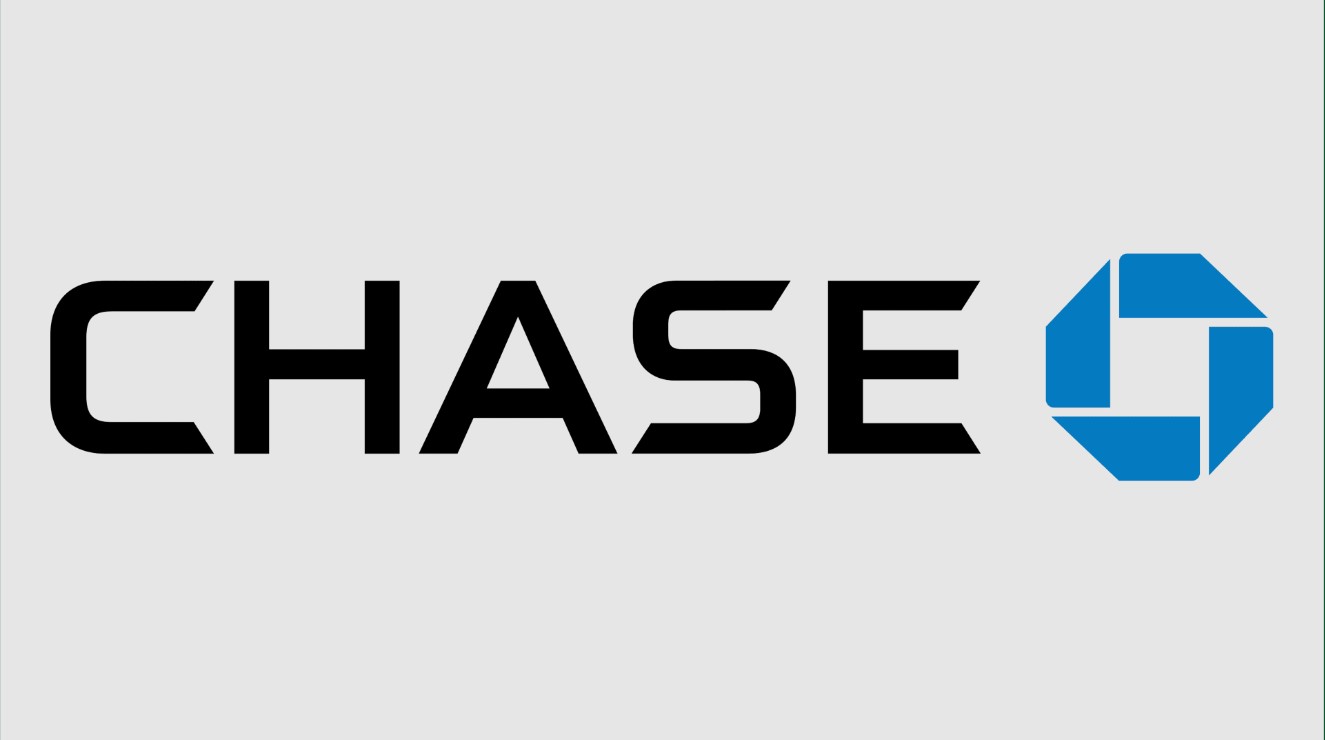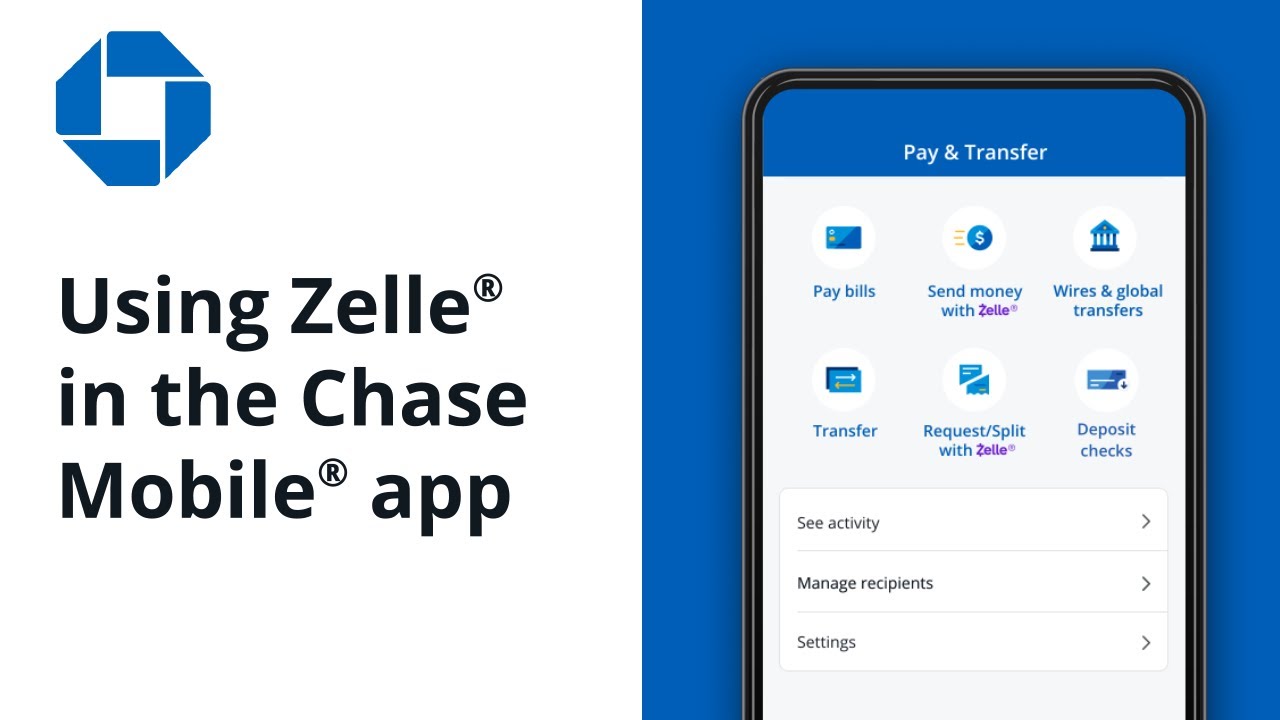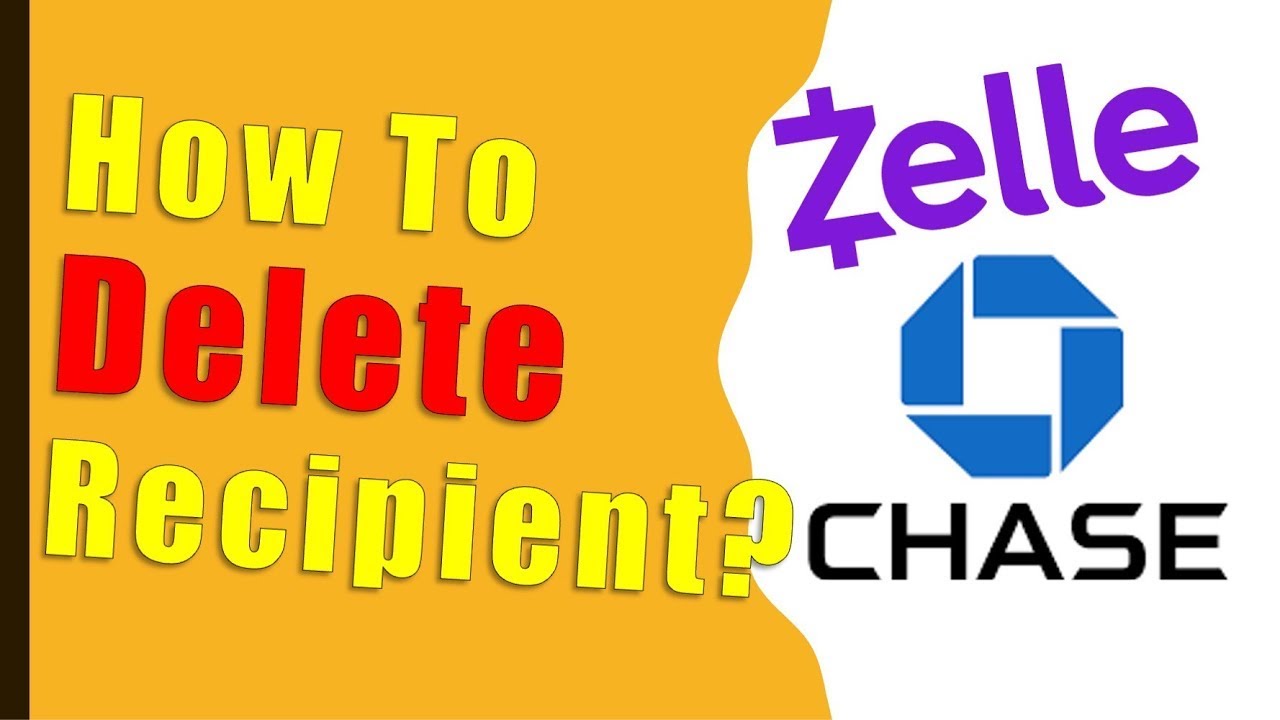Introduction
Welcome to this step-by-step guide on how to download transactions from Chase! Keeping track of your financial activities is crucial for managing your personal or business finances effectively. Fortunately, Chase provides a convenient and user-friendly way to access and download your transaction history.
In this guide, we will walk you through the process of downloading your transactions from Chase, so you can easily view and analyze your financial data. Whether you need the transaction history for budgeting, expense tracking, or tax purposes, we’ve got you covered.
Downloading your transaction history from Chase offers several benefits. It enables you to maintain accurate records, reconcile your accounts, and import the data into accounting software or spreadsheets. By having your transactions available in a downloadable format, you can also easily search for specific transactions and analyze your spending patterns.
Now, let’s jump into the step-by-step process of how to download transactions from Chase, so you can have your financial information at your fingertips!
Step 1: Login to Chase
The first step in downloading your transactions from Chase is to login to your Chase online banking account. If you don’t already have one, you will need to sign up for online banking on the Chase website.
Once you have your online banking credentials, follow these steps:
- Visit the Chase website at www.chase.com and click on the “Sign in” button located in the top-right corner of the page.
- Enter your username and password in the designated fields and click on the “Sign in” button.
- If you have multiple accounts, you will be prompted to select the account you wish to download transactions from. Choose the appropriate account and click on it.
Great! You have successfully logged in to your Chase online banking account. Now, let’s move on to the next step.
Step 2: Navigate to the “My Accounts” section
After logging in to your Chase online banking account, the next step is to navigate to the “My Accounts” section. This is where you can access the specific account from which you want to download transaction history.
To find the “My Accounts” section, follow these steps:
- On the main dashboard or homepage of your Chase online banking account, look for the “Accounts” tab or a similar menu option. Click on it.
- A drop-down menu or a list of your accounts should appear. Look for the account that you want to download transactions from and click on it.
By following these steps, you will be directed to the specific account page where you can view detailed information about your chosen account, such as balance, recent transactions, and more.
Now that you have successfully navigated to the “My Accounts” section, let’s proceed to the next step.
Step 3: Select the desired account
Once you are in the “My Accounts” section, you will need to select the specific account from which you want to download transaction history. Chase displays a list of all your accounts, including checking, savings, credit cards, and more.
To select the desired account, follow these steps:
- Scan through the list of accounts displayed and locate the one you want to download transactions from.
- Click on the account name or icon to access the account details.
By following these steps, you will be directed to the page dedicated to your selected account, where you can find comprehensive information about it.
It’s important to choose the correct account from the list, especially if you have multiple accounts with Chase. Make sure you select the account that corresponds to the transactions you want to download.
Great! You have successfully selected the desired account. Now, let’s move on to the next step.
Step 4: Click on the “Activity” tab
After selecting the desired account, the next step is to click on the “Activity” tab. This tab allows you to access the transaction history and activity for the selected account.
To locate and click on the “Activity” tab, follow these steps:
- Look for a navigation menu or tabs at the top or side of the account page.
- Scan the menu or tabs for an option labeled “Activity” or “Transactions.” Click on it once you find it.
By clicking on the “Activity” tab, you will be taken to the page where you can view and manage the transaction history for your selected account.
It’s important to note that the labeling of the tabs or menu options may vary slightly, but the general idea is to find the section where you can access your account’s transaction activity.
Great! You have successfully clicked on the “Activity” tab. Now, let’s move on to the next step.
Step 5: Choose the download option
Once you have accessed the “Activity” tab and can view the transaction history for your selected account, the next step is to choose the download option. This will allow you to initiate the process of downloading your transactions from Chase.
To choose the download option, follow these steps:
- Look for a button or link within the “Activity” page that indicates the option to download transactions. Common labels for this option include “Download,” “Export,” or “Export Transactions.”
- Click on the download button or link. This action will typically open a pop-up or new page with additional download settings and options.
By selecting the download option, you are signaling to Chase that you want to download your transaction history for the chosen account.
Take note that the specific appearance and location of the download option may vary depending on the design and layout of Chase’s online banking platform. However, it is usually easily accessible and identifiable.
Excellent! You have successfully chosen the download option. Now, let’s move on to the next step.
Step 6: Select the transaction history date range
Once you have initiated the download process, the next step is to select the transaction history date range. This allows you to specify the period for which you want to download your transactions from Chase.
To select the transaction history date range, follow these steps:
- Within the download settings or options, locate the section that allows you to choose the date range.
- Typically, you will find input fields or drop-down menus where you can specify the start date and end date of the desired transaction history.
- Enter or select the appropriate dates that encompass the timeframe you wish to download.
By selecting the transaction history date range, you are instructing Chase to retrieve and include transactions that occurred within that specific timeframe.
Keep in mind that some Chase accounts may have limitations on the available transaction history date range. For example, you may only be able to download transactions from the past 90 days or up to a certain date.
Great job! You have successfully selected the transaction history date range. Now, let’s move on to the next step.
Step 7: Choose the file format for download
After specifying the transaction history date range, the next step is to choose the file format for the download. This allows you to select the format in which you want to save and access your downloaded transactions from Chase.
To choose the file format for download, follow these steps:
- Within the download settings or options, look for a drop-down menu or selection box that lists the available file formats.
- Common file formats for downloading transactions include CSV (Comma-Separated Values), QFX (Quicken Financial Exchange), QBO (QuickBooks), OFX (Open Financial Exchange), and PDF (Portable Document Format).
- Select the desired file format from the drop-down menu or selection box.
By choosing the file format, you determine how the downloaded transactions will be saved and what software or application can be used to open and view them.
Consider the compatibility of the file format with the software or application you intend to use to manage your transaction data. For example, if you use QuickBooks for accounting purposes, selecting the QBO or QFX format would be appropriate.
Well done! You have successfully chosen the file format for download. Now, let’s move on to the next step.
Step 8: Download the transactions
With the transaction history date range and file format chosen, you are now ready to download your transactions from Chase. This step finalizes the process and retrieves the selected transactions for you to save and access on your device.
To download the transactions, follow these steps:
- Locate the download button or link within the download settings or options page.
- Click on the download button or link to initiate the download process.
After clicking the download button, Chase will generate the file containing your selected transaction history. The time required may vary depending on the number of transactions and the file format chosen.
Once the download is complete, the file will be saved on your device in the designated location or as per your browser’s default settings.
It is recommended to check the downloaded file to ensure that all the transactions you were expecting are included. You can open the file using the appropriate software or application based on the chosen file format.
Congratulations! You have successfully downloaded your transactions from Chase. Now, let’s move on to the final step.
Step 9: Save the downloaded file
After successfully downloading your transactions from Chase, the final step is to save the downloaded file in a secure and easily accessible location on your device. This ensures that you can easily locate and import the transaction data whenever needed.
To save the downloaded file, follow these steps:
- Open the folder or directory where the file was downloaded.
- Right-click on the downloaded file and select “Save As” or “Save File” from the options that appear.
- Choose the desired location on your device where you want to save the file.
- Provide a descriptive and recognizable name for the downloaded file.
- Click the “Save” button to store the file in the selected location.
By saving the downloaded file, you ensure that your transaction history is securely stored and easily accessible for future reference or import into other financial management software.
It is recommended to create a dedicated folder or directory on your device specifically for storing financial transaction files. This will help you keep your financial records organized and easily manageable.
Well done! You have successfully saved the downloaded file. Now you can access and utilize your transaction data whenever needed.
Conclusion
Congratulations on completing the step-by-step guide on how to download transactions from Chase! By following these steps, you can easily access your transaction history and save it in a format that suits your needs.
Downloading your transactions from Chase offers numerous benefits, including maintaining accurate records, reconciling accounts, and analyzing your spending patterns. Whether you need the transaction history for personal budgeting, business expenses, or tax purposes, having this information readily available can be invaluable.
Remember, the process involves logging in to your Chase online banking account, navigating to the “My Accounts” section, selecting the desired account, clicking on the “Activity” tab, choosing the download option, specifying the transaction history date range, selecting the file format, downloading the transactions, and saving the downloaded file.
Keep in mind that Chase’s online banking platform may have slight variations in its interface, but the general steps outlined in this guide should apply in most cases.
By downloading and storing your transaction history, you have taken a proactive step in managing your finances and ensuring accurate records. This information can be used for budgeting, tracking expenses, and maintaining a comprehensive overview of your financial activities.
We hope this guide has been informative and helpful to you. Stay organized, analyze your financial records, and unlock greater control over your finances with the downloaded transaction history from Chase.
Happy banking!

























